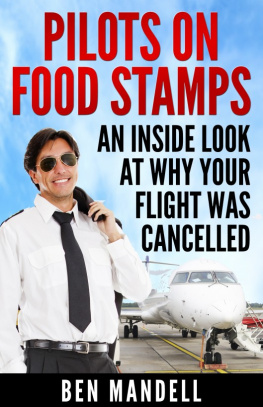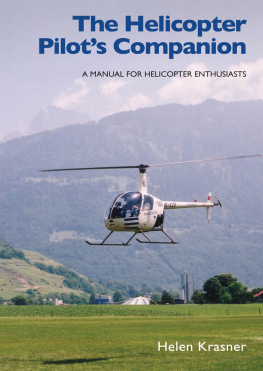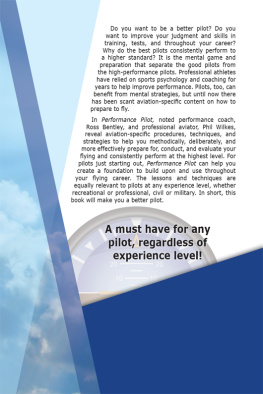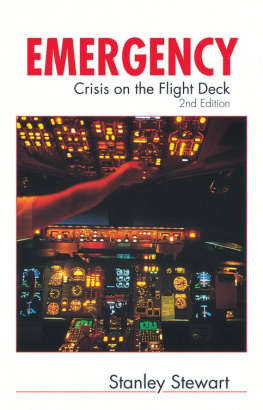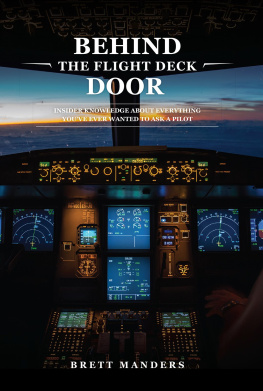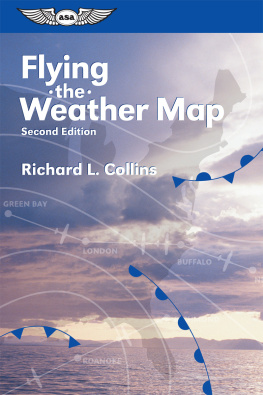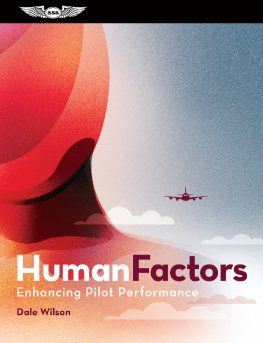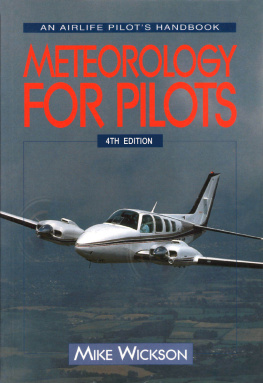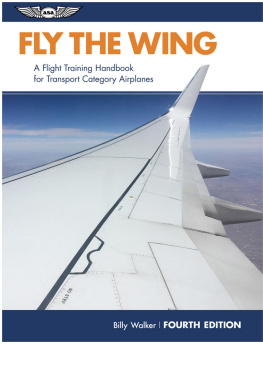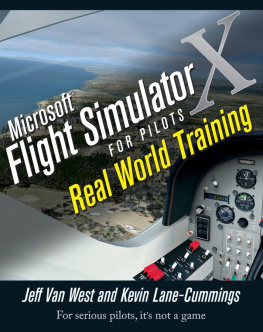PILOTS ON FOOD STAMPS
An Inside Look At Why Your Flight Was Cancelled
__________
Ben Mandell
~~~
E-Book Edition
PILOTS ON FOOD STAMPS
Copyright 2014 by Amazing Publishing,Inc.
All rights reserved. No part of this book maybe reproduced or transmitted in any form or by any means withoutwritten permission from the author.
ISBN 978-0692266304 (Print Edition)
ebook Edition, License Notes
This ebook is licensed for your personal enjoyment only. This ebookmay not be re-sold or given away to other people. If you would liketo share this book with another person, please purchase anadditional copy for each recipient. If youre reading this book anddid not purchase it, or it was not purchased for your use only,then please purchase your own copy. Thank you for respecting thehard work of this author.
Dedication
This book is dedicated to the professionalcurrent and future airline pilots who transport millions of peoplesafely and efficiently across the United States every month.
Table of Contents
Foreword
Incredible! you might say, Pilotsqualifying for food stamps. Surely you must be joking!
We see airline pilots in their pressed suitsand crisp shirts as they walk through the airport terminals, heartheir calm, friendly voices informing passengers of flight time andweather conditions on the plane and assume they are making sixfigure salaries, or somewhere close to that.
Wrong, wrong, wrong!
This book is a true to life account of thecurrent pilot crisis facing the nation; its origin, the currentstatus and what needs to be done to fix this problem.
If your Physician put in six to eight yearsof medical education, training and internship in order to provideyou with the best, up to date medical care, would you expect him orher to be paid less than that of a fast food worker with much lesstraining?
Would it be fair if the physicians salarywas calculated only on the actual time he or she was in the officeor in surgery with the patient, without taking into considerationthe doctors time spent on patient telephone calls, availabilityfor the times on standby when the doctor was on call, travel toand from the clinic, hospital or office as well as supervisory andadministrative duties? Why should a pilot only get paid for his orher actual flight time?
Is it fair for airline passengers to havetheir flights canceled and planes grounded because there are notenough qualified pilots?
As we read this book we must ask ourselves ifwe will garner the political will to demand better wages for ourpilots and if we will hold our elected officials accountable forensuring adequate airline and passenger safety. And then we mustact to make sure the job gets done.
A Must Read!
Preface
Poverty wages are the reason we currentlyface a pilot shortage in the United States.
In January 2014, airlines publicallyannounced for the first time that they were canceling flightsbecause of a lack of qualified pilots.
The lack of pilots had been building forseveral years, but in 2014, the industry simply ran out of enoughqualified pilot applicants. The planes had to be parked and flightshad to be canceled.
If you have not yet been affected by a flightcancellation, there is a 35 percent chance that you will be in thenear future. If your flight is canceled, this book will help youunderstand why.
Introduction
In the United States there are about 30,000airline flights per day. It is a pretty remarkable system thatsafely transports more than 1.5 million passengers daily.
Each of those 30,000 airline flights musthave at least two qualified and trained pilots in order for theaircraft to get off of the ground and land safely at thedestination with sometimes hundreds of passengers aboard.
In 2014, becoming a commercial airline pilotrequires an Airline Transport Pilot (ATP) rating which alsoincludes specific training milestones as dictated by FAA rules andregulations. An ATP rating generally requires a minimum of 1500flight hours although there are some restricted ATP ratingsavailable at 1000 and 1200 hours under certain conditions. Keep inmind this is the minimum number of hours. Often it will takemore than the minimum to get to the airlines.
Today, if a person desires to have a careeras a commercial airline pilot; the cost of training to beemployable as a first officer at a commercial airline can exceed$250,000 and take six and a half to eight years by the time all issaid and done.
Yet, the airlines insist on payingprofessional highly trained and skilled pilot first officers lessthan the janitor at the local fast food restaurant. This hasresulted in pilots being paid poverty wages. Pilots actually doqualify for food stamps.
In the past, no one really cared because itdid not affect anyone but the pilots. If you think about it, theairlines sort of keep the pilots in hiding and out of sight. Yougenerally will not see pilots on television or doing interviews.The information in this book is just not known by the generalpublic.
Now that flights are being canceled, a lot ofpaying passengers will be affected by these canceled flights.
Chapter One
The Planes Had To Be Parked
Training to become a commercial airline pilotis expensive. In 2014, it can cost $250,000 by the time all of thetraining and ratings are completed.
It will take six to eight years, for a pilot,to accomplish this training and gather the required number of hoursto be eligible to be employed by a commercial airline as a firstofficer.
A first officer is also known as a co-pilot.As a general rule a pilot is hired as a first officer, flying inthe right seat and will move up to captain and fly in the left seatas he/she gains experience and seniority at the airline.
There is a lot of misinformation out thereabout how much pilots make. The industry has kept the numbersconfusing for decades because it benefits them to do so.
In effect, what has been happening is thatthe airlines have not been paying a living wage to many of theirpilots. The new hire pilots have been subsidizing the trainingcosts for multi-million and multi-billion dollar airlines whilehaving to live on poverty wages for many years.
You might think this will not affect you. Youmight think that this does not matter. You might think that if thepilots do not like the poverty wages, then they should go and findsomething else to do where they can make a living wage.
A lot of pilots have left the industry andthey have gone on to careers that pay better. It is not that thesepilots wanted to leave; it was simply economics. How do you (as atrained professional) tell a spouse that you are going to be onfood stamps for the next six years?
According to a February 2014, GovernmentAccountability Office study, 7,858 US citizen ATP rated pilots areflying overseas for foreign carriers. The reason: foreign carrierspay more.
Poverty wages are the reason we currentlyface a pilot shortage in the United States.
In February 2014, airlines announced for thefirst time that they were canceling flights because of a lack ofqualified pilots.
The lack of pilots had been building forseveral years, but in 2014, the industry simply ran out ofqualified pilot applicants.
And the planes had to be parked.
Chapter Two
Your Pilot Is a Trained Professional
Poverty wages are the reason that we now facea pilot shortage in the United States.
A career as a professional airline pilotrequires professional training. While a college degree is not anabsolute requirement, many pilots do obtain their training andcollege degree at the same university. To qualify for an ATP ratingwith a reduced number of hours, you must obtain

